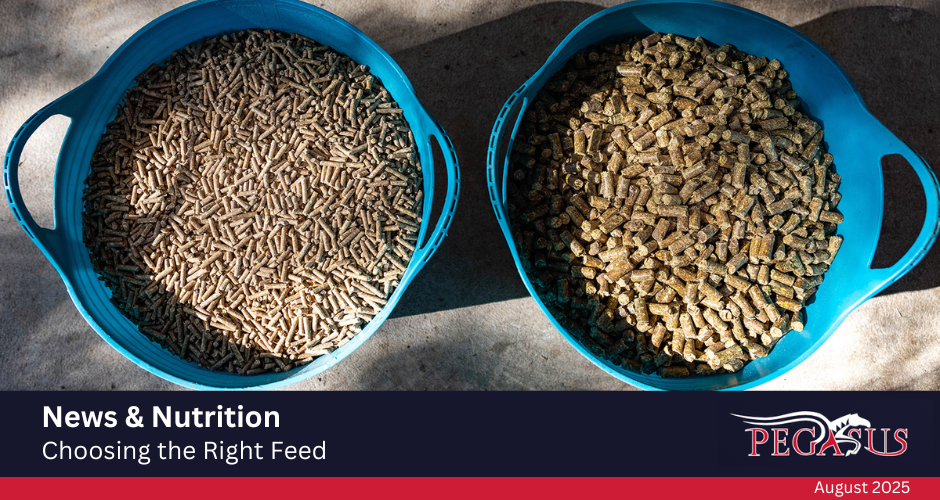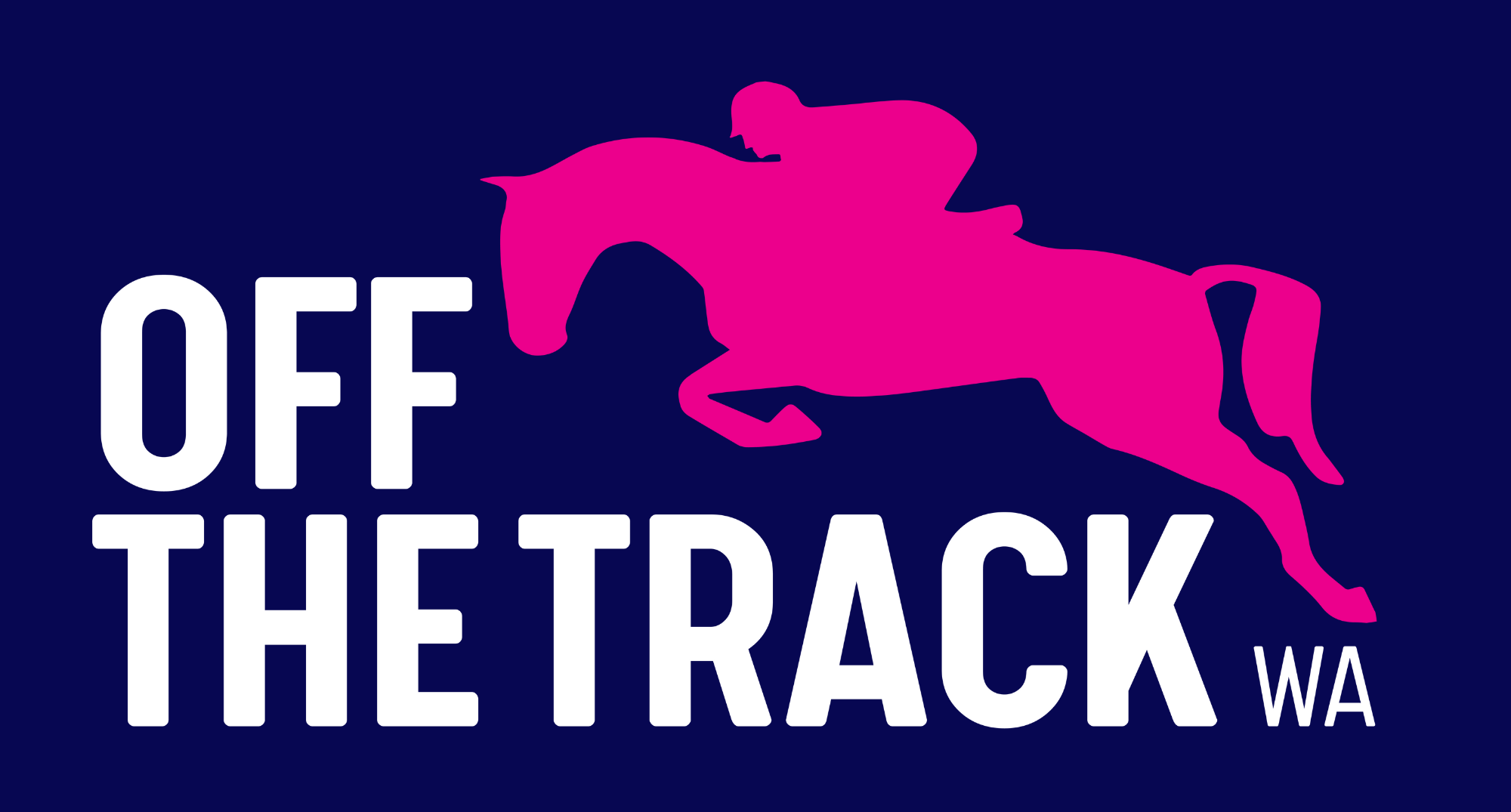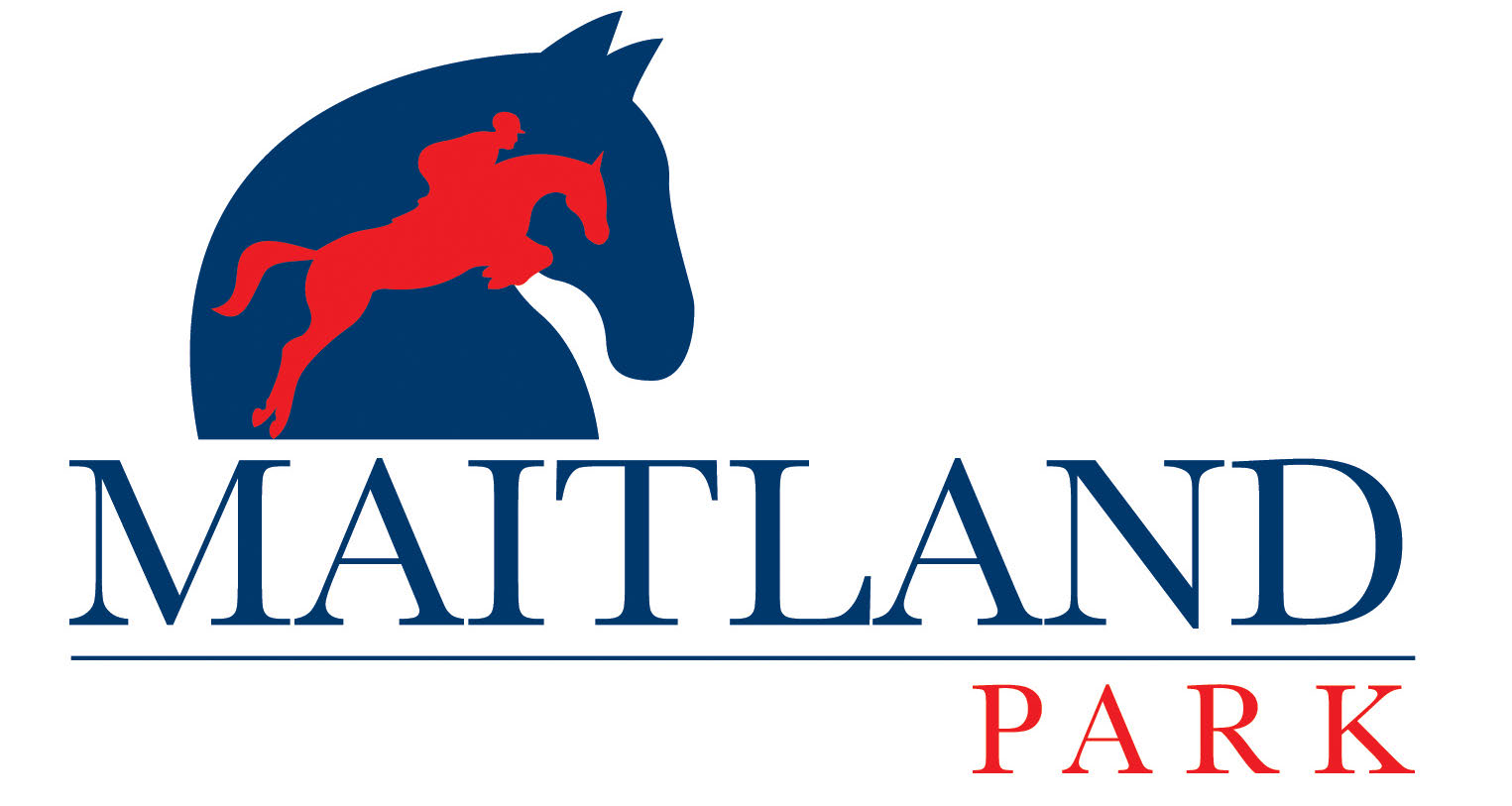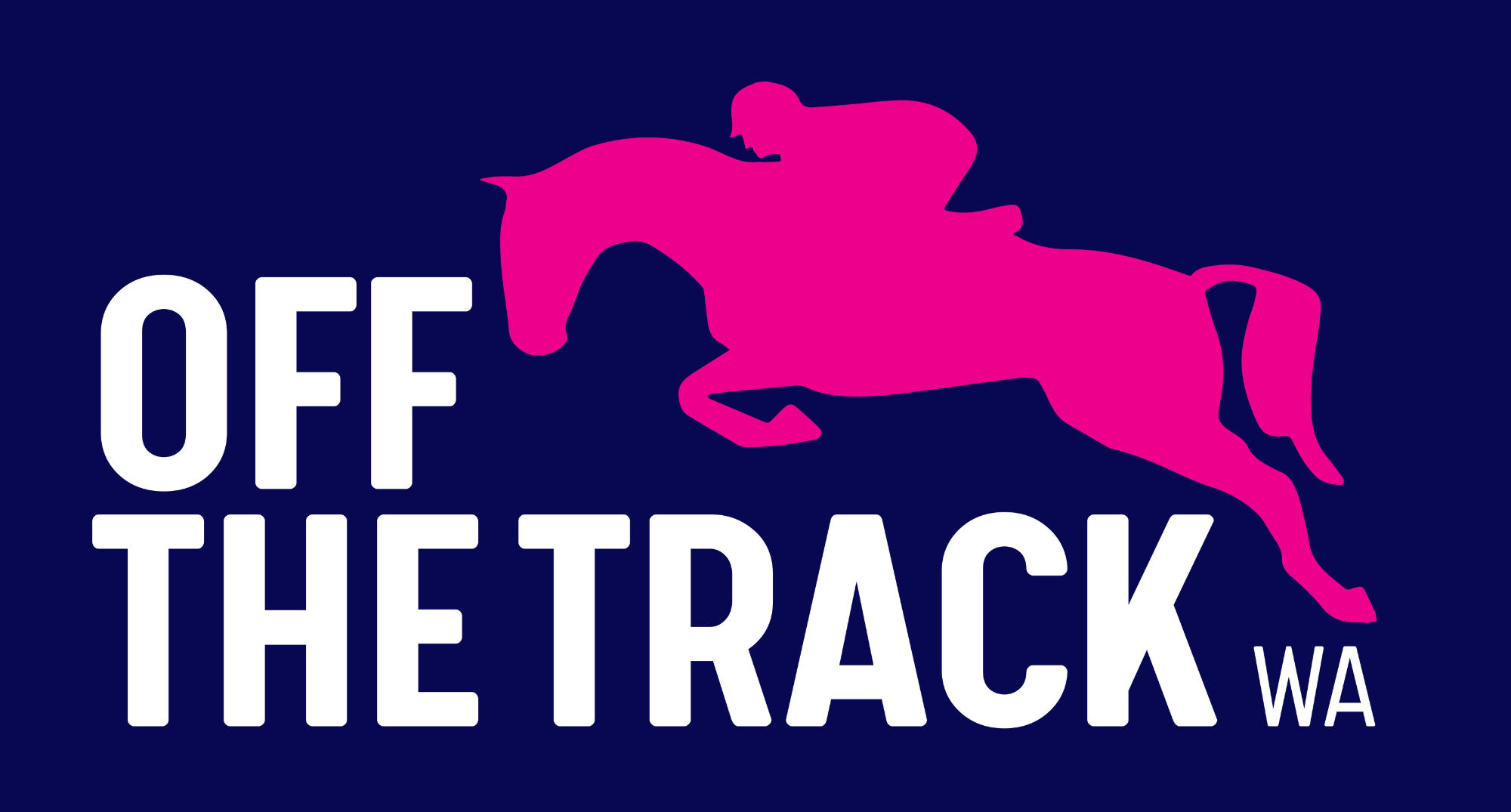
Pegasus News & Nutrition: Choosing the Right Feed
When looking at which feed is best for your horse it is important remember the basis for every diet should be to match the horse’s natural eating behaviour as closely as possible. Horses have evolved as wandering herbivores with voluminous hindguts adapted to large quantities of high fibre, low quality forage. The microbe population in the hindgut is key to effective fermentation and digestion of fibre. Fibre-fermenting bacteria dominate the hindgut and this population is kept in a harmonious balance by providing plenty of access to roughage. In natural grazing behaviour, horses typically forage a variety of grasses, covering large distances to do so, therefore combining ‘trickle feeding’ with movement and energy expenditure. However, this is not always possible in our domestic environments and therefore the diet needs to be tailored to meet both the nutritional and the behavioural needs of the horse.
When feeding to meet the nutritional demands of performance horses, a balance between the horse’s requirements, the level of exercise, the horse’s body condition, its temperament and the rider’s requirements need to be considered. We also need to suit the individual horse and the owner’s schedule, and use the feeds that are available in the geographical area and seasonal period. Sometimes getting the balance can be tricky and we need to be able to modify the feeding plan as needed. For example, if high energy, high protein pasture is available during spring, the amount of concentrate feeds will likely need to be reduced. On the other hand, during the summer peak, when pasture is limited and low in nutritional value, increased supplementary feeding is required.
When deciding on the feed program, it is also important to consider the digestive system. The horse has a relatively small stomach, best suited to small amounts of feed passing through over long periods of time. The stomach begins the digestive process with acid secretions starting the breakdown of non-structural carbohydrates and proteins. This prepares the feed for the small intestine, where digestive enzymes break it down and allow for absorption of sugar, starches, proteins, fatty acids, vitamins and minerals. The fibrous portion of the diet moves through to the cecum, large colon and small colon, which are collectively called the hindgut. This is where microbial fermentation takes place to digest fibre and convert it into volatile fatty acids, an energy source for the horse. This process is much slower than the digestion of sugar and starch as an energy source, therefore the type of exercise or energy expenditure the horse is undergoing will largely determine the type of energy source and, therefore, feed type. Some water-soluble vitamins are also synthesized in the hindgut as part of the digestive process.
How much of each nutrient a horse needs will vary depending on its age, body condition, workload, physiological state, current weather conditions/environment and, of course, its individual metabolism. Therefore, what works for one horse, is not necessarily going to work for every horse.
When it comes to choosing a feed, we need to remember that a diet using roughage and/or grain will almost always be deficient in vitamins and minerals and may have an inverted calcium to phosphorus ratio. Therefore, it is best to choose a feed plan that suits the individual horse, and fits in with the rider’s requirements. This can be done by choosing a premixed feed that suits your needs and feeding it at the recommended rate. Complete pelleted feeds, such as the Pegasus range, offer great peace of mind by being a simple feeding method that takes the guesswork out of feeding. Those who prefer feeding a mix of their own grains/roughages will need to balance the diet with a concentrated vitamin and mineral supplement. Balancer pellets, such as Pegasus Lite or Pegasus Equibalance, are useful ways to provide essential vitamins and minerals from a concentrated feeding rate.
Most importantly, remember to weigh your feeds so you can measure the quantities correctly! For assistance with dietary planning, try our diet analysis.













